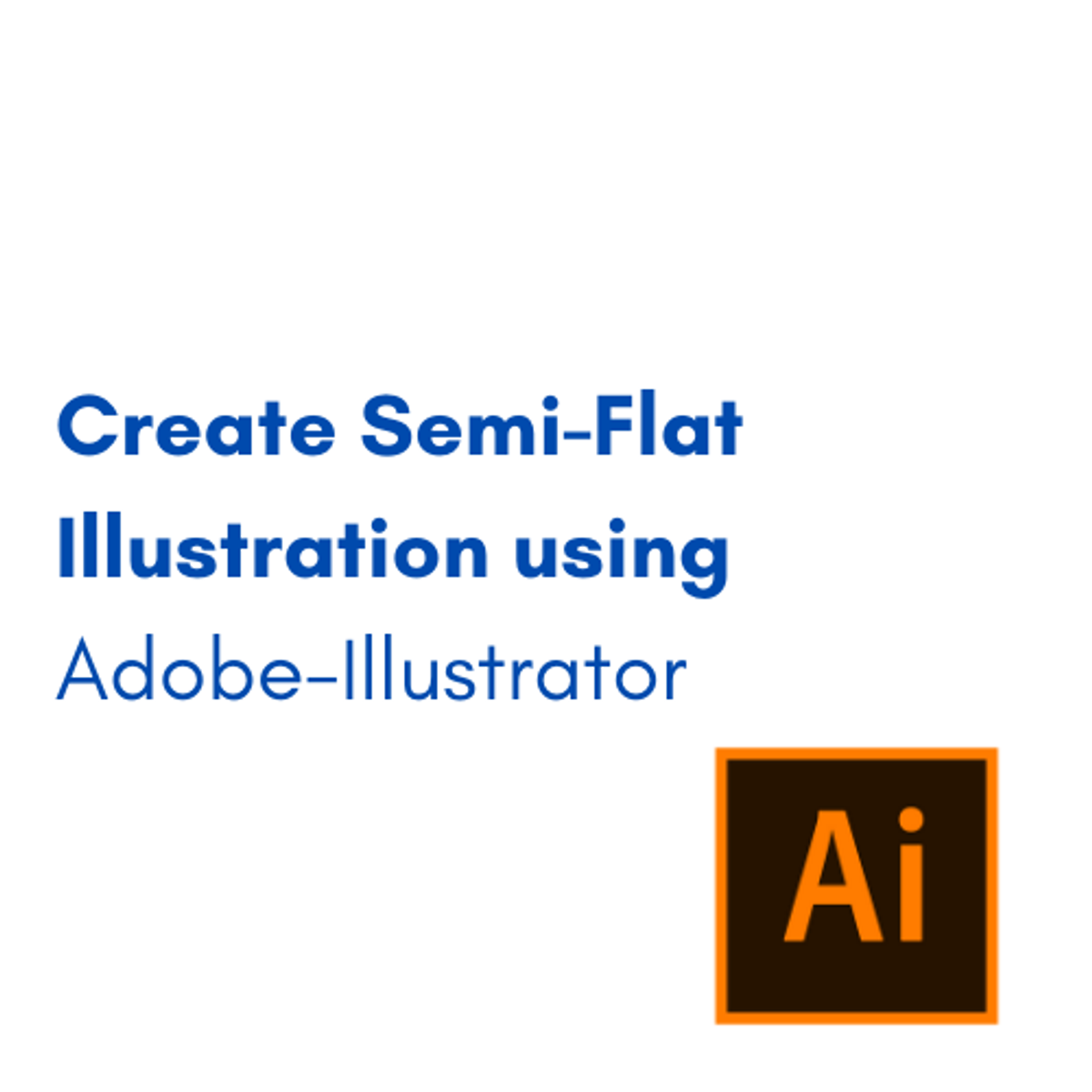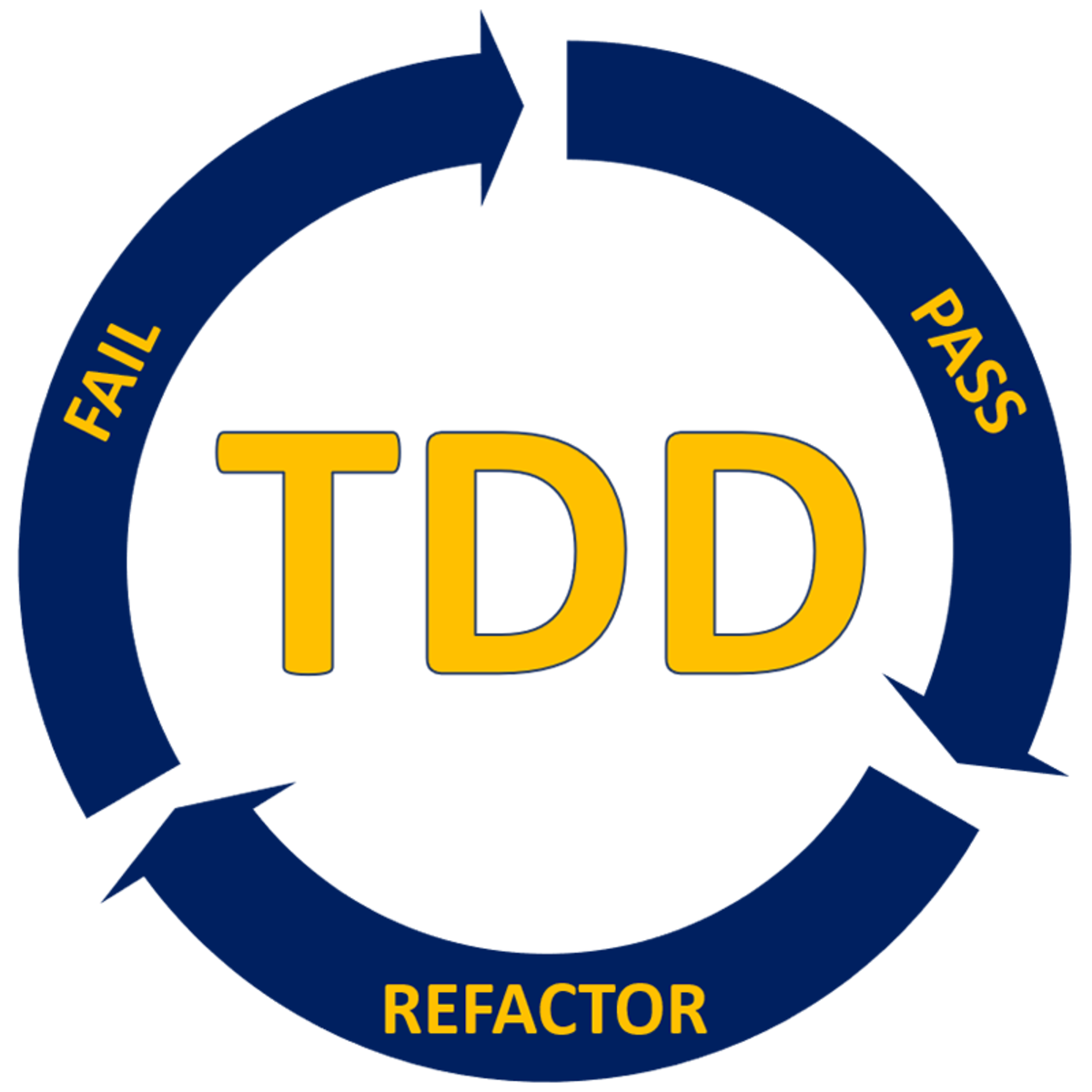Back to Courses









Computer Science Courses - Page 45
Showing results 441-450 of 2309

Aruba CX Switching for Cisco Professionals
The Aruba CX Switching for Cisco Professionals course bridges the gap between Aruba and Cisco switching
technologies by teaching the necessary skills for a Cisco Certified Routing and Switching
Professional to use the Aruba AOS-CX technology. This course consists of approximately
40% lecture and 60% hands-on lab exercises to help you learn how to implement and validate
AOS-CX solutions. Self-directed Labs can be purchased separately on HPE Press. This course prepares already certified Cisco professionals for the Aruba Certified Switching Associate (ACSA) exam.

Create Semi-Flat Illustration using Adobe Illustrator
By the end of this project, you will be able to create a Semi-Flat Illustration using Adobe Illustrator. You will learn the difference between semi flat and flat illustration and how to turn the flat illustration into a semi flat one. And finally, you will be able to use this illustration to create a mixed media post.
This guided project is for intermediate learners/designers who are interested in designing mixed media posts and learning more about the different styles of illustration and how to design them. Illustrations are used now in many different ways to communicate complex information into a simple one. These illustration could be used in social media posts to brand an idea or a message in order to meet the interest of different consumers.
In this Project, we’ll be using Adobe Illustrator which is one of the Adobe Creative Cloud.

Pointers, Arrays, and Recursion
The third course in the specialization Introduction to Programming in C introduces the programming constructs pointers, arrays, and recursion. Pointers provide control and flexibility when programming in C by giving you a way to refer to the location of other data. Arrays provide a way to bundle data by guaranteeing sequences of data are grouped together. Finally, recursive functions—functions that call themselves—provide an alternative to iteration that are very useful for implementing certain algorithms.

Principles of UI/UX Design (Mobile)
Learn the fundamentals of User Experience (UX) research and design. You’ll learn how UX insights relate to design decisions and how accessibility affects users. You will get a brief tour in modern User Interface (UI) design, learn the basics of Figma and understand the importance of micro interactions.
By utilizing the UI design process, you will be able to create Minimum Viable Product (MVP) style prototypes from your mockups. Finally, you will be introduced to some methods of data design and the roles of templates and Content Management Systems (CMS).

Linux Server Management and Security
Whether you are accessing a bank website, Netflix or your home router, chances are that your computer is interacting with a Linux system. The world runs on Linux. In this course, we will dive into how Linux works from an enterprise perspective.
In week 1 we will look at what Linux is used for in the enterprise. By the end of week 1, you will be able to differentiate between different versions of Linux and understand how they are used in an enterprise environment. In week 2, we will explore how Linux systems are configured. By the end of week 2, you will be able to demonstrate different Linux commands and how they are used. You will also be able to interact with a Linux system. In week 3, we will explore Linux authentication mechanisms and how to add users and user controls to a Linux system. By the end of week 3, you should be able to demonstrate how to appropriately add users to a Linux machine and secure them. In week 4, we will explore how to harden a Linux system. By the end of week 4, you should be able to classify different technologies to secure Linux and differentiate access control methods for Linux applications.

Start Your API Testing Journey With Postman Tool
Postman - The Collaboration Platform for API Development.
Postman's features simplify each step of building an API and streamline collaboration so you can create better APIs faster.
This project will provide you step by step instructions to write scripts to test API testing using Postman, how to test CRUD (Create, Read, Update and Delete) operations with HTTP methods like GET, POST, PUT and DELETE, understanding JSON request and response, adding assertions to the API response.

Test-Driven Development Overview
In this introductory course you will get both a full overview of what TDD is, when it can and can't be applied, and what its benefits are for practitioners and organizations. You will also have the opportunity to get hands on with a few fun introductory projects where you can apply what you have learned and experience the benefits of this approach to problem solving yourself.
We recommend that you have some knowledge of the Python programming language. Examples and labs use Python.

Set up Post-Processing in Unity
In this one-hour, project-based course, we will install and set up Unity's post-processing stack. We'll cover many different concepts of Post Processing that make a scene more vibrant and polished, such as color-correction, lens distortion and adding a glow effect ("bloom") to lights and bright objects in the scene.
Post-Processing is an easy and computationally cheap way to greatly improve the visual quality of any game or 3D environment. After this project, you will have the foundational knowledge to explore all of the post-processing effects and configure your own profiles.
The guided project will introduce you to the following Unity concepts:
- Post-Processing
- Camera

Introduction to Medical Software
In this class, we present a broad overview of the field of medical software. You will learn from Yale professors and a series of industry experts who connect the course concepts to their real world applications.
We begin by discussing medical device regulatory structures, data privacy and cybersecurity regulations, and key support technologies such quality management systems and risk management. We then take a detailed look at the medical software life cycle, starting with identifying user needs, mapping these to system requirements and then the process of software design, coding, testing and validation. We continue by exploring issues related to the use of machine learning techniques in medical applications from both a software engineering and a regulatory perspective. We conclude with a discussion of the business and management issues in this area focusing on the impact on digital health on modern healthcare and issues related to starting new ventures.
This is a class aimed at either third- or fourth-year undergraduates in computer science, biomedical engineering, and related fields, and to junior software engineers currently either working in, or interested in moving to, the medical device industry.

Big Data Analytical Platform on Alibaba Cloud
Course Description
Building an Analytical Platform on Alibaba Cloud can empower how you take in, analyze, and demonstrate clear metrics from a set of Big Data. This course is designed to teach engineers how to use Alibaba Cloud Big Data products. It covers basic distributed system theory and Alibaba Cloud's core products like MaxCompute, DataWorks, E-MapReduce as well as a bundle of ecosystem tools.
To earn an official Alibaba Cloud certificate please join the Cloud Native courses on the Academy's website:
Big Data Analysis Specialty: https: //edu.alibabacloud.com/course/317
Machine Learning Specialty: https://edu.alibabacloud.com/course/318
Alibaba Cloud Big Data - Data Integration: https://edu.alibabacloud.com/certification/clouder_bigdatainteg
